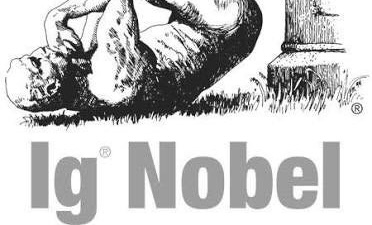The English translation is below
前のブログでは1992年〜の受賞を取り上げましたが
今回は2002年からスタートです!
まず2002年の受賞は、バウリンガルという犬語翻訳機として
知られるおもちゃ•コミュニケーションツールです
受賞理由は、ヒトとイヌに平和と調和をもたらした
業績に対して、です!
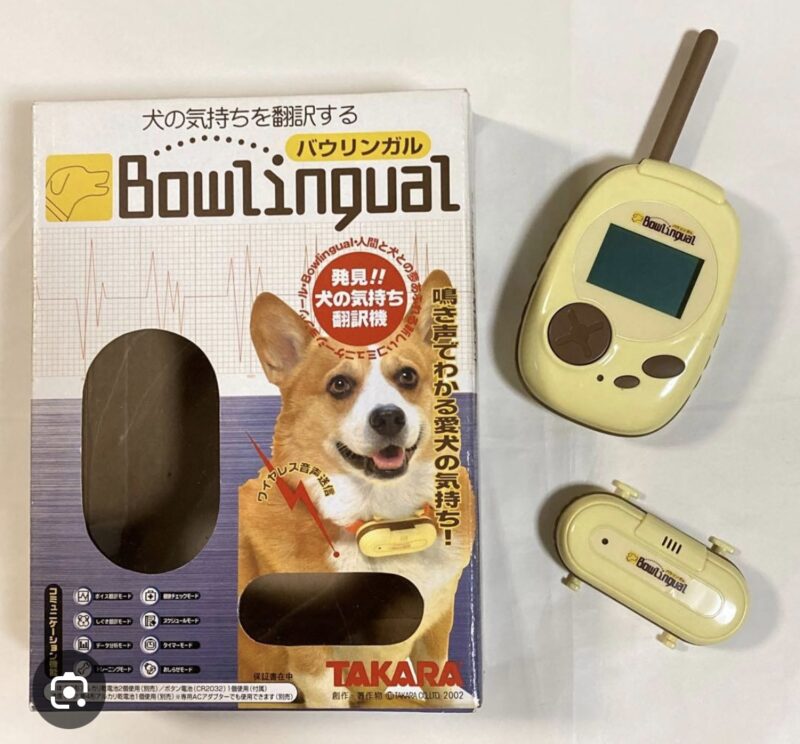
犬の鳴き声を首輪に装着したワイヤレスマイクで集音し
本体でリアルタイムに音声分析を行います。その鳴き声を
あらかじめ設定された「楽しい」「悲しい」「フラストレーション」
などの6種類の感情に分類してくれるとか
犬がいる人は、とりあえず買ってみたー!っていう
ケースが多かったように思います(ウチでは飼っていないので…)
発売直後は記録的な大ヒットになったみたいですけど
実際の翻訳精度には賛否両論あったそうで。。。
「犬の気持ちが知りたい」という飼い主の強い願望と
それを叶えてくれそうな未来的なガジェットへの期待が
生み出した、一種の社会現象だったようですね♪
お次は2004年、カラオケを生み出した功績です!
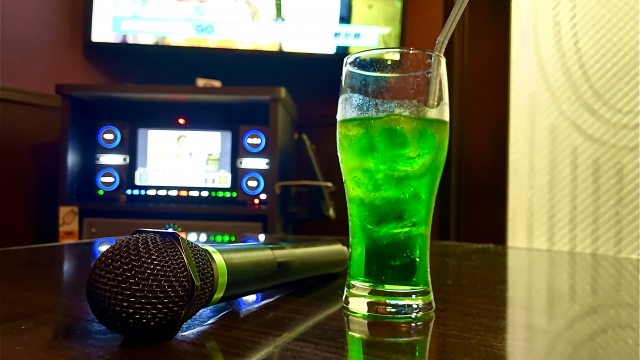
ただ、納得いかないのが受賞理由で、カラオケが
「寛容になることを学ぶ全く新しい手段」だそうなんですが
これはきっと仕事関係で、上司の長すぎる独唱や
ヘタクソな歌にも愛想笑いや手拍子をしなければならない…
という状況が思い浮かんだのでしょう。それは確かにお気の毒
以前、カラオケで盛り上がる曲特集、という記事を
書きましたが、気心知れた友人とノリノリで歌って踊って
モノマネをするカラオケは(え?しない?)
スポーツのような爽快感もあり、発明者には
感謝しかありません♪ 誤解しないでいただきたいです
そして2005年には、日本では「ドクター中松」の名で
知られている発明家が、34年間にわたり、自分が食べた全ての食事を
写真に収め、食べ物が脳や体に与える影響を分析した、功績にです
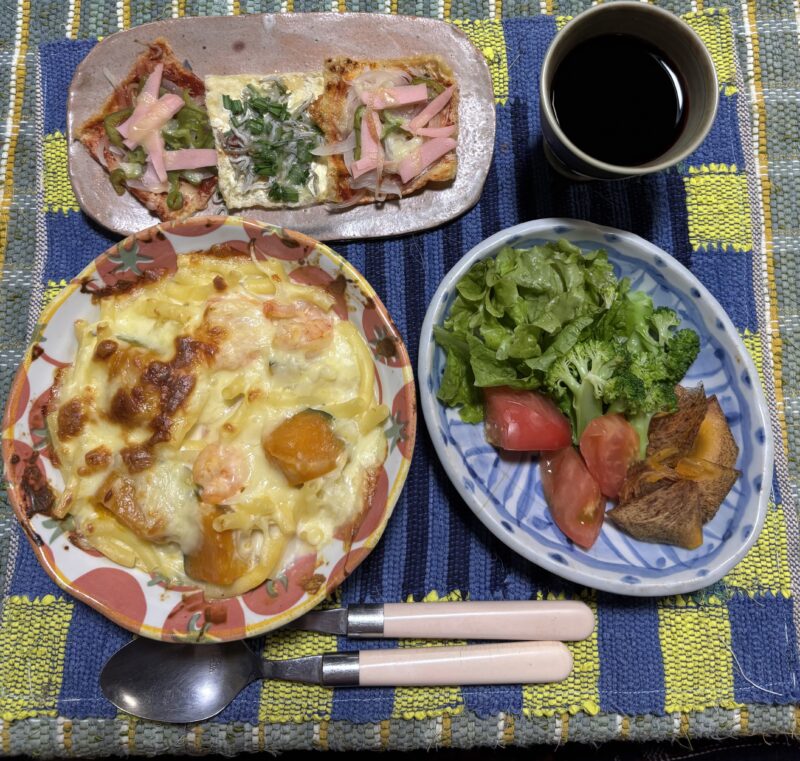
ちなみにこの写真は、ドクター中松とは関係なく
ウチの母が作ったかぼちゃグラタンです🎃
たまたま昨日、ハロウィンだったもので…
この「自己実験」によって導かれた結論は
「健康と長寿」に関することで、受賞当時77歳ですが
現在も97歳でお元気にしてらっしゃいます
彼が特に重要視した栄養素は、昆布、ハトムギ、高麗人参で
脳の働きを高めるのはカレー。そして気をつけたいのは
リン酸を含む食品を避けること、だそうです
私もハトムギ茶は好きでよく飲んでいます
皆さんも何か取り入れてみてはいかがでしょう♪
なんせ効果は実証済みですから!
2011年の受賞は「わさび警報器」でした
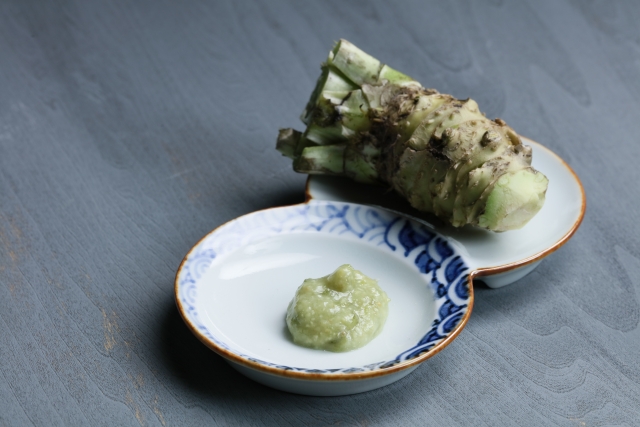
わさびの匂いを利用して、火災などの緊急時に眠っている人を起こす
装置です。もともと聴覚障害者や耳の遠い高齢者など、音に頼る
これまでの火災報知器の音に気づきにくい人のために開発されました
なのですでに実用化されています。
これは、イグノーベル賞のクスッと笑える、
なんていう軽々しいものではなく、音のない世界に
生きる人達にとって命をも救う、素晴らしい発明だと思います。
実験では、どの臭いが最も適しているのかペパーミントや
靴下、脇の下、ゴミなどいろいろ試したそうですが…
最悪の目覚めを想像して、こっちにはクスッとさせられますけどね♪
そしてついにわさびがベストということを突き止めました
聴覚障害であれば、21秒で起きるそうです
今回も10年分の気になった受賞をお届けしました!
次回は今年の受賞までさかのぼります♪
In my previous blog post, I featured the Ig Nobel Prize winners from 1992 onward —
and this time, we’re starting from 2002!
The 2002 award went to Bowlingual, a toy and communication device known as a “dog language translator.”
It was honored “for promoting peace and harmony between humans and dogs.”
The device picks up a dog’s barking through a wireless microphone attached to its collar,
and analyzes the sound in real time.
It then classifies the bark into one of six preset emotions — such as happiness, sadness, or frustration
It seems that many dog owners bought it just out of curiosity — “Well, why not give it a try?”
(We don’t have a dog ourselves, though…)
Right after its release, it apparently became a record-breaking hit,
but opinions were divided about how accurate the “translation” actually was.
It seems that this gadget became something of a social phenomenon,
born from dog owners’ strong desire to “understand how their dogs feel”
and their excitement about a futuristic device that seemed capable of making that dream come true.
Next up is the 2004 award, which honored the invention of karaoke!
But what I don’t quite agree with is the reason for the award.
According to the committee, karaoke was recognized as “a completely new way for people to learn to be tolerant.”
I can’t help thinking they were imagining those awkward work parties where you have to clap and smile through your boss’s endless solo or a painfully off-key song.
Well… I guess that does take a lot of tolerance! 😅
I once wrote a post about songs that never fail to liven up a karaoke night.
When you’re with close friends—singing, dancing, and doing impressions (what, you don’t?)—karaoke can feel almost like a sport!
So please don’t get me wrong: I have nothing but gratitude for the person who invented it.
In 2005, the prize went to an inventor well known in Japan as Dr. NakaMats.
He was honored for his 34-year study in which he photographed every meal he ate and analyzed how each food affected his mind and body.
By the way, this photo has nothing to do with Dr. NakaMats —
it’s actually my mom’s homemade pumpkin gratin! 🎃
It just so happened to be Halloween yesterday.
The conclusion drawn from this “self-experiment” related to health and longevity.
He was 77 years old at the time of the award, and remarkably, he’s still going strong at 97!
The nutrients he emphasized most were kelp, Job’s tears, and ginseng,
while he believed curry could boost brain function.
He also recommended avoiding foods containing phosphates.
I personally love drinking Job’s tears tea, and I often enjoy it myself.
Why not try incorporating some of these into your diet?
After all, the effects have been scientifically observed
The 2011 Ig Nobel Prize went to the “Wasabi Alarm.”
It’s a device that uses the smell of wasabi to wake people up in case of emergencies like fires.
It was originally developed for people who might not notice traditional smoke alarms — such as those with hearing impairments or elderly people with reduced hearing.
So yes, it has already been put into practical use.
This isn’t one of those lighthearted, laugh-out-loud Ig Nobel inventions —
it’s a truly remarkable device that can even save lives for people living in a world without sound.
In experiments, they tested various smells to see which would work best — peppermint, socks, armpits, trash, and more…
Just imagining some of these worst-case wake-ups is a bit funny, though! 😅
And finally, they determined that wasabi is the most effective.
For people with hearing impairments, it can wake them up in just 21 seconds.
This time, I’ve shared the Ig Nobel Prize winners that caught my attention over the past 10 years!
Next time, we’ll jump all the way up to this year’s winners.
